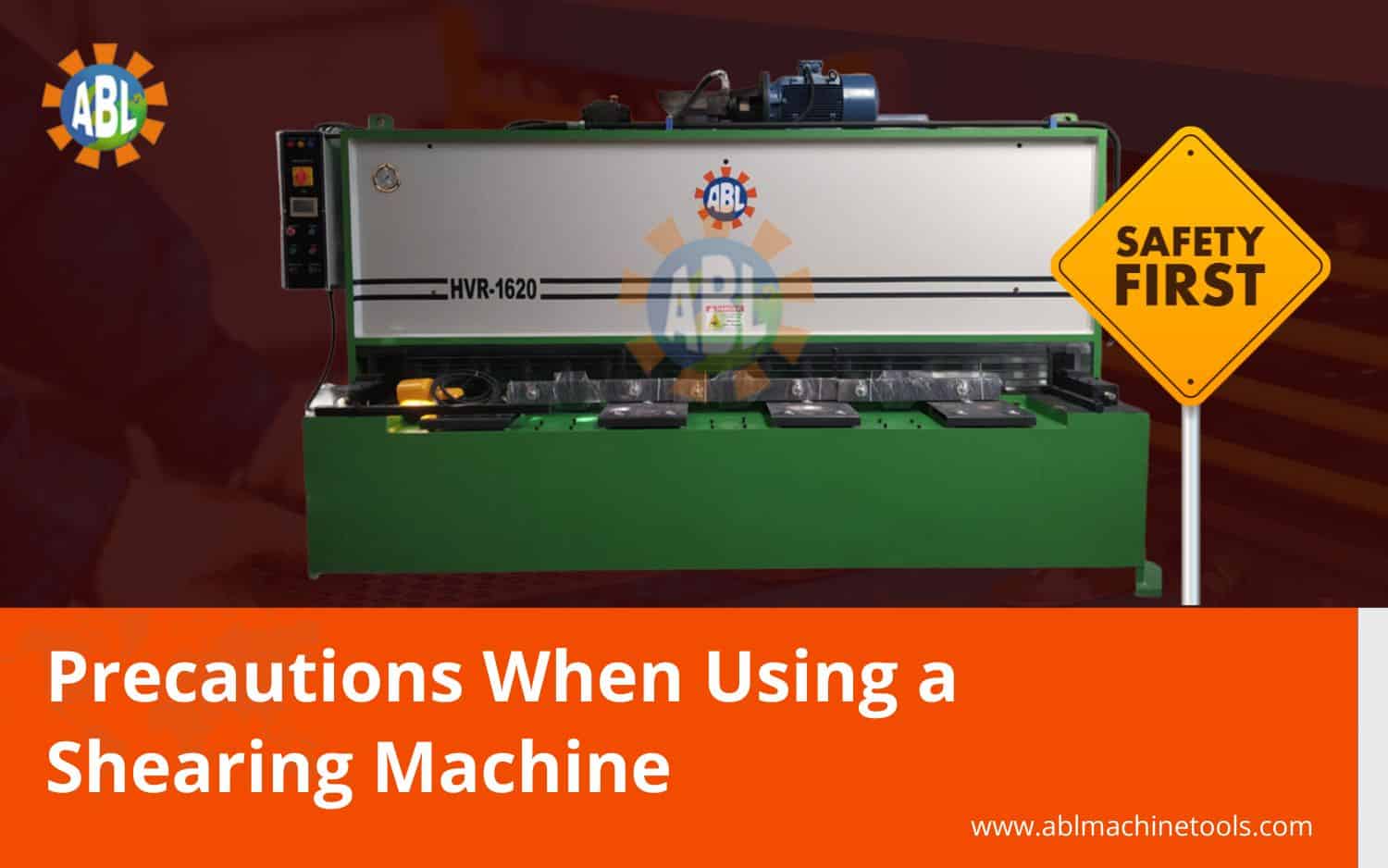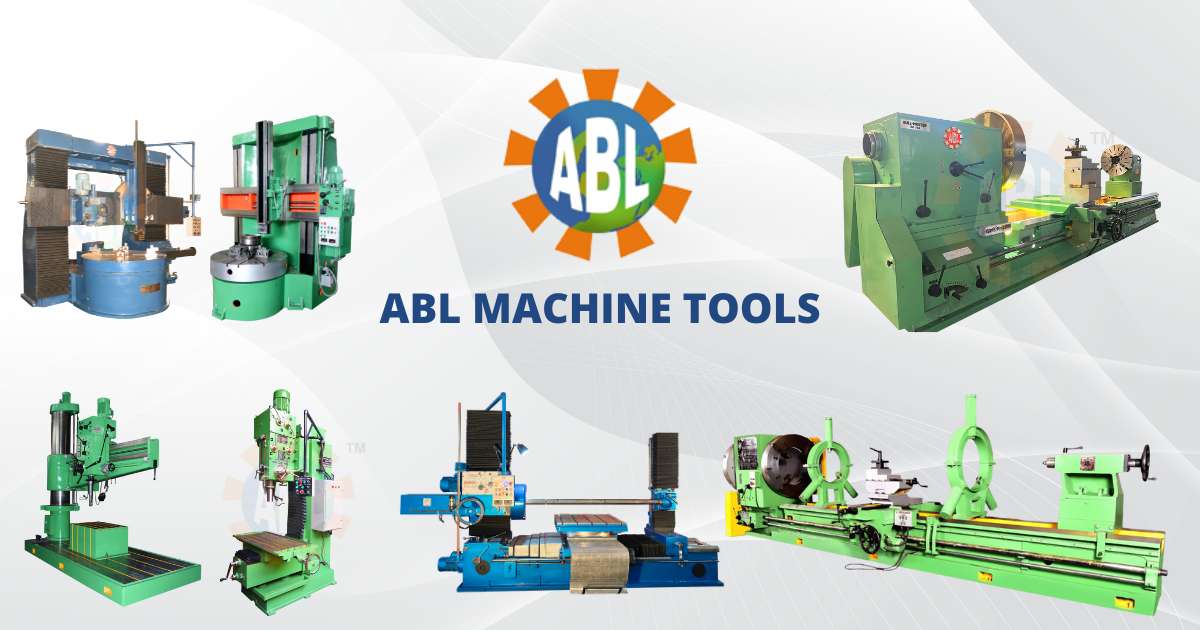
The hydraulic shearing machine is a powerhouse in any fabrication or metal workshop. It cuts through sheet metal like butter, and it does it fast. But with that cutting power comes one straight fact—if you don’t follow safety measures, things can go wrong really quickly.
I’ve been around workshops enough to see both sides. On good days, the machine runs smooth, accurate, and productive. On bad days, carelessness has caused injuries, wasted material, and downtime nobody enjoys. That’s why safety isn’t just some training manual formality. It’s what keeps you working without problems.
So, let’s walk through the key precautions when working with a hydraulic shearing machine.
Why Safety Matters with a Hydraulic Shearing Machine
Think about it. You’ve got sharp blades, hydraulic power, tons of pressure, and metal sheets sliding in and out. Mistakes here don’t mean a minor scratch. They can mean crushed fingers, deep cuts, or worse.
But it’s not only about avoiding injuries. Safety also means:
- Longer machine life
- Cleaner cuts without damage
- Fewer delays in production
- Better overall work environment
So, focusing on safety is not something optional. It’s survival, productivity, and consistency rolled into one.
Basic Safety Mindset Before You even Start
Before we get into the step-by-step precautions, the mindset is where safety truly begins.
- Respect the machine – Don’t get too casual, even if you’ve been running it for years.
- No rushing – Most accidents happen because someone tried to “just finish quickly.”
- Stay alert – If you’re tired or distracted, step away.
Ask yourself: would you want to operate a hydraulic shearing machine half-asleep? Definitely no.
Safety Precautions When Operating a Hydraulic Shearing Machine
Now let’s break down the actual do’s and don’ts into workable steps.
1. Proper Training is Non-Negotiable
You should never let an untrained operator near the machine. Reading the manual isn’t enough. A proper hands-on session under supervision is a must.
I’ve seen workshop owners hand over controls to new workers on the first day because “it’s just a cutting job.” That’s where mistakes kick in. Training builds habit—the right safety habit.
2. Wear the Right Protective Gear
This isn’t the time to be casual with what you wear. Every operator should have:
- Safety glasses or face shield (metal shards are unpredictable)
- Heavy-duty gloves (not too loose, or they get caught)
- Ear protection (hydraulic shearing machines can be loud)
- Safety boots with steel toes
- No loose clothes, no chains, no dangling sleeves
A small change in clothing can literally make the difference between a safe shift and an accident.
3. Inspect the Machine Before Each Use
Don’t just walk up, turn it on, and start cutting. Routine checks matter.
Things to check:
- Hydraulic fluid levels
- Blade sharpness and proper alignment
- Emergency stop function
- Guarding systems in place
- No oil leaks or loose bolts
You might think this adds time to your job, but skipping it is what causes downtime later when something breaks mid-job.
4. Keep the Workspace Clear
A hydraulic shearing machine needs room to operate safely.
- No clutter near the foot pedal or operator’s position
- Materials stacked neatly, not blocking free movement
- Oil spills or metal scraps cleaned immediately
If the operator trips or slips while controlling the machine, the risk is obvious.
5. Safe Material Handling
The sheet metal itself can cause injuries even before it hits the blade. Those sharp edges slice easily.
- Always wear gloves when loading sheets
- Do not try to carry oversized sheets alone—ask for help or use sheet lifters
- Align the sheet properly before bringing the blades down
Rushing or forcing the sheet into place is a fast way to cause jams or accidents.
6. Keep Hands and Body Away from the Cutting Zone
This sounds obvious, but mistakes still happen. The instinct to “adjust something quickly” while blades are active is dangerous.
Rules to follow:
- Both hands should stay outside the guarded line during operation
- Use clamps or guides to hold small sheets
- Never bypass safety guards to save time
One careless second is all it takes.
7. Use the Foot Pedal Responsibly
Most hydraulic shearing machines operate with a foot pedal. The issue is, sometimes people rest their foot on it unknowingly. Result? The blade comes down unexpectedly.
- Always keep your foot off until you’re ready to cut
- Make sure no one else is near the sheet before pressing
- Use a pedal cover or safety shroud where available
It’s a small action, but accidents from accidental pressing are very real.
8. Never Exceed Machine Capacity
Every machine has a rated thickness and material type it can handle. Don’t test its limits.
For example:
- A 6 mm sheet-rated machine should not be forced to cut 8 mm steel
- Wrong material type, like hardened steel, can damage blades and risk safety
Overloading doesn’t just damage the hydraulic shearing machine. It causes sudden failures, which are unpredictable and unsafe.
9. Regular Maintenance is Part of Safety
A poorly maintained machine is basically an accident waiting to happen.
At minimum:
- Schedule blade sharpening as per usage
- Change hydraulic oil when recommended
- Check filters and hoses for leaks
- Test the emergency stops monthly
Maintenance doesn’t just improve cutting quality. It keeps risks low.
10. Emergency Readiness
Even with precautions, emergencies can happen. Operators should always know:
- Where the emergency stop button is
- Who to contact in case of a fault
- How to safely shut down power if needed
A quick reaction can prevent a small issue from turning into a major accident.
Common Mistakes People Make with Hydraulic Shearing Machines
Sometimes, knowing what not to do is just as important. Here are the usual mistakes I’ve noticed:
- Letting new staff operate without training
- Removing blade guards for “better visibility”
- Leaning on the machine while waiting for cuts
- Using hands instead of clamps for small sheets
- Ignoring unusual noises from hydraulics
- Skipping maintenance to save money
Every one of these feels harmless in the moment, but over time they either damage the machine or risk injury.
Setting Up Workshop Safety Around the Machine
It’s not only about the operator. The whole workshop environment matters.
- Install bright lighting around the hydraulic shearing machine
- Mark safety zones on the floor with paint
- Restrict access so outsiders or untrained workers don’t wander too close
- Keep a clear fire extinguisher nearby (oil leaks are possible)
When the space is organized, half the safety is already taken care of.
Training and Supervision as Continuous Process
Even experienced operators can develop bad habits after years. That’s why training shouldn’t be a one-time thing.
- Refresh safety training every year
- Supervisors should observe working styles occasionally
- New safety rules should be communicated clearly
Think of it like driving—you don’t stop looking at traffic rules just because you’ve been on the road 10 years.
Real-Life Example: Why Safety Saves Money Too
One factory I worked with had skipped regular oil checks on their hydraulic shearing machine. Eventually, a cylinder leak caused sudden failure. No one was hurt, thankfully, but the downtime lasted three days.
The repair cost and lost production were way higher than what basic maintenance would have cost. That example alone shows how safety isn’t only about people—it’s also about protecting the business.
Daily Safety Checklist for Operators
If you want something simple, here’s a checklist you can use every day before running the machine:
- Check hydraulic oil levels
- Confirm blade sharpness and alignment
- Test emergency stop button
- Ensure guards are in place
- Clear the area of clutter
- Wear proper safety gear
- Load materials correctly
- Make sure lighting is sufficient
- Keep both hands outside cut zone
Doing this takes a few minutes but lowers risks by a huge margin.
A hydraulic shearing machine is one of the most powerful assets in a workshop. But that same power makes it dangerous if treated casually.
If you stick to training, wear protective gear, maintain the machine, and avoid shortcuts, the machine can serve you for decades without major problems. Skip these precautions, and you might end up with accidents, downtime, or expensive repairs. At the end of the day, respecting the machine and following basic safety rules makes the difference. It keeps work smoother, safer, and more profitable in the long run.
What is a hydraulic shearing machine used for?
A hydraulic shearing machine is used to cut sheet metal into desired shapes and sizes with precision. It works through hydraulic force, providing smooth and consistent cuts.
What safety precautions should I follow when using a hydraulic shearing machine?
Always wear protective gear, keep hands away from the cutting zone, secure sheet alignment, check safety guards, and avoid exceeding the machine’s rated capacity.
Why is regular maintenance important for a hydraulic shearing machine?
Maintenance helps ensure reliable performance, prevents breakdowns, and reduces the risk of accidents. Regular oil checks, blade sharpening, and inspecting hydraulic components are essential.
How do I prepare my workshop for safe shearing operations?
Keep the area around the hydraulic shearing machine clean, ensure adequate space for handling sheets, mark safe operation zones, and train operators on safety guidelines.
Can beginners operate a hydraulic shearing machine?
Beginners should only operate under supervision after receiving proper training. Hydraulic shearing machines are powerful, and incorrect use can lead to accidents.

